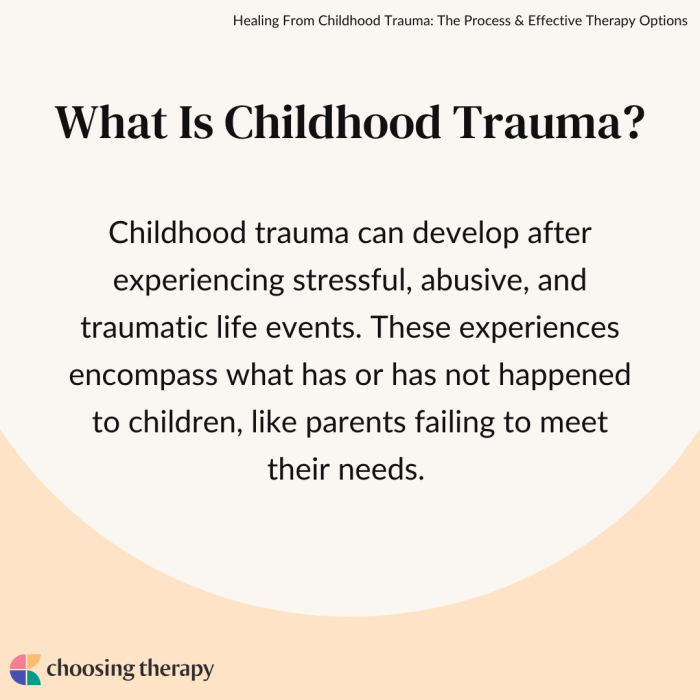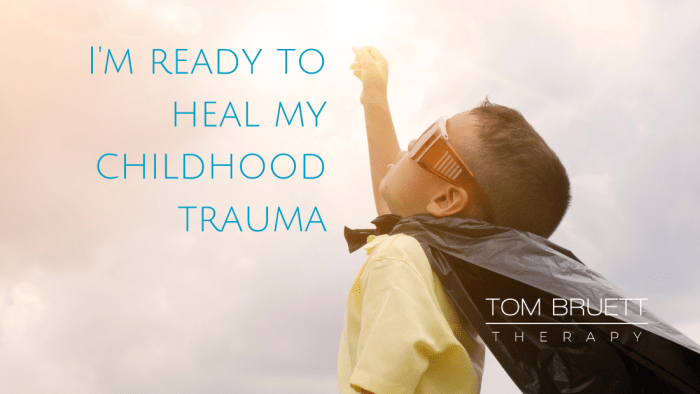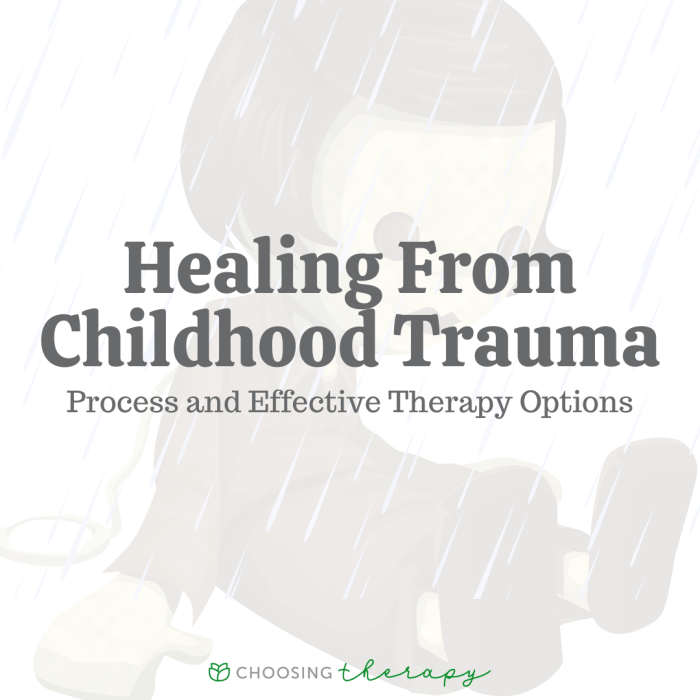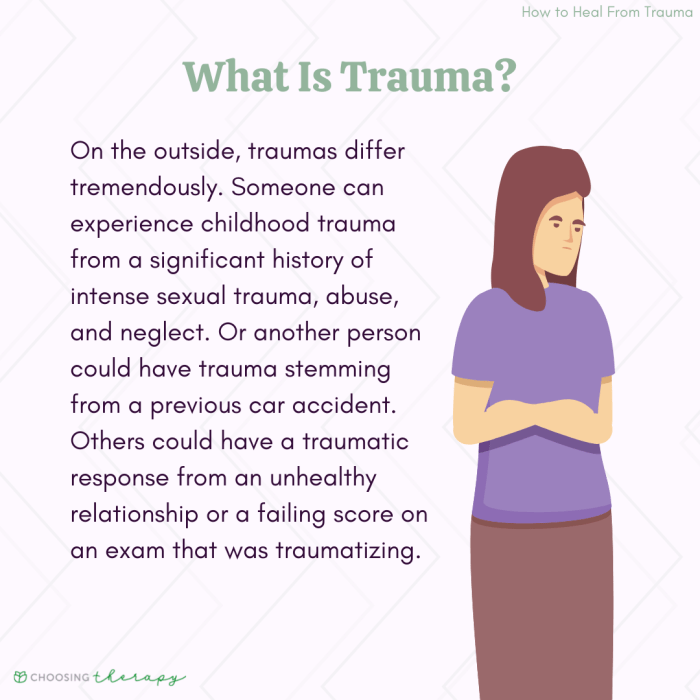We’ve all got baggage, right? But what if that baggage is a whole truckload of childhood trauma? It can feel like you’re stuck in a loop, replaying those tough times over and over. But guess what? You’re not alone.
Millions of people are on this journey, and “Beyond Survival: My “Little Girl” Journey to Healing” is here to help you find your way back to yourself.
This book is a powerful guide for healing from childhood trauma, a journey that’s not always easy but totally worth it. It’s about facing your past, learning to love yourself, and finally stepping into the life you deserve. Ready to ditch the baggage and embrace your power?
Let’s dive in!
The “Little Girl” Within

Childhood trauma, like a rogue wave crashing onto a fragile shore, leaves an indelible mark on an individual’s life. It’s not just a fleeting memory; it’s a deep-seated wound that can shape a person’s emotional, psychological, and physical well-being for years to come.
It’s like a shadow that stretches long and dark, impacting everything from relationships to career choices, and even physical health.
The Lasting Impact of Childhood Trauma
Childhood trauma can manifest in various ways in adulthood. It’s like a broken record stuck on repeat, playing the same painful melody over and over again. Imagine a child who witnessed domestic violence or experienced abuse. They might grow up to have difficulty trusting others, struggle with intimacy, or exhibit heightened anxiety.
This is because trauma rewires the brain, leaving a lasting imprint on how we perceive the world and interact with others.
Common Defense Mechanisms
To cope with the overwhelming pain of trauma, individuals often develop defense mechanisms. These are like mental shields that protect us from the emotional onslaught. Think of it as a way to build a wall around your heart to keep the hurt out.
However, while these mechanisms can provide temporary relief, they can also become maladaptive, hindering personal growth and healthy relationships. For example, someone who experienced neglect as a child might become overly independent, relying solely on themselves and avoiding close relationships.
Comparing the Characteristics of a Child Before and After Experiencing Trauma
The impact of trauma can be profound, transforming a child’s personality and behavior. Here’s a table that highlights some key differences:
| Characteristic | Before Trauma | After Trauma |
|---|---|---|
| Emotional Regulation | Able to express emotions appropriately, cope with stress effectively | Difficulty managing emotions, prone to outbursts, anxiety, or depression |
| Social Interaction | Engages with others easily, builds healthy relationships | Struggles with trust, avoids intimacy, difficulty forming connections |
| Self-Esteem | Confident, positive self-image | Low self-worth, feelings of inadequacy, self-blame |
| Physical Health | Generally healthy, resilient to illness | Increased risk of chronic pain, autoimmune disorders, and other health issues |
Embracing the Journey to Healing

Healing from childhood trauma isn’t a sprint, it’s a marathon. It’s a journey that requires patience, self-compassion, and a willingness to confront your past. This section will explore the stages of healing, provide a roadmap for your own journey, and emphasize the importance of self-care throughout the process.
Healing from childhood trauma is like walking a tightrope, you gotta stay focused and find your balance. And sometimes, you need a little escape, a chance to explore something new. That’s where Tightrope Over Eden An American Flâneur in Brazil comes in.
It’s like taking a mental vacation, a chance to step outside your own story and see the world from a different perspective. And that fresh perspective can be a powerful tool in the healing process.
Stages of Healing from Childhood Trauma
The book Artikels several stages of healing, each representing a significant shift in your understanding and relationship with your trauma. It’s important to remember that these stages are not linear, and you may revisit certain stages multiple times throughout your healing journey.
- Awareness:This initial stage involves acknowledging the impact of your childhood trauma on your present life. You begin to recognize the patterns, behaviors, and emotions that stem from your past experiences.
- Emotional Processing:This stage is about allowing yourself to feel the emotions associated with your trauma. It’s about embracing the pain, anger, sadness, and fear that have been suppressed for so long.
- Acceptance:This stage involves accepting that your trauma happened, and that it has shaped you in significant ways. It’s about letting go of the guilt, shame, and self-blame that often accompany trauma.
- Integration:This stage is about incorporating the lessons learned from your trauma into your life. It’s about finding meaning in your experiences and using them to grow and evolve.
A Step-by-Step Guide to Healing
The book provides a practical framework for navigating your healing journey. Here’s a step-by-step guide inspired by its insights:
- Seek Support:This could involve therapy, support groups, or connecting with trusted friends and family members. Having a safe and supportive space to process your emotions is crucial.
- Practice Self-Care:Prioritize your physical and emotional well-being. Engage in activities that bring you joy, nourish your body, and help you manage stress.
- Journaling:Writing about your experiences can help you process your emotions, identify patterns, and gain a deeper understanding of your trauma.
- Set Boundaries:Establish healthy boundaries with others and protect yourself from toxic relationships.
- Challenge Negative Thoughts:Become aware of the negative thoughts and beliefs that stem from your trauma, and actively challenge them with more positive and realistic perspectives.
- Embrace Forgiveness:Forgiving yourself and others involved in your trauma can be a powerful step towards healing. It’s about releasing the anger, resentment, and bitterness that can hold you back.
- Focus on the Future:While acknowledging the past, shift your attention to creating a brighter future. Set goals, cultivate your passions, and build a life that brings you happiness and fulfillment.
The Importance of Self-Compassion, Acceptance, and Forgiveness
These three elements are essential for healing from childhood trauma.
- Self-Compassion:Treat yourself with kindness, understanding, and acceptance. Recognize that you’ve been through a lot, and that you deserve to be treated with compassion.
- Acceptance:Accept that your trauma happened, and that it has shaped you in significant ways. This doesn’t mean condoning the actions of your abusers, but rather acknowledging the reality of your experiences.
- Forgiveness:Forgiveness is not about condoning the actions of others, but about releasing the anger, resentment, and bitterness that can hold you back. It’s about freeing yourself from the emotional chains of the past.
Resources for Healing
Here are some resources that can support your healing journey:
- Therapists:A therapist specializing in trauma can provide you with the tools and support you need to heal.
- Support Groups:Connecting with others who have experienced trauma can provide a sense of community and validation.
- Online Communities:There are many online forums and communities dedicated to supporting survivors of childhood trauma.
- Books and Articles:There are countless resources available that offer insights, strategies, and support for healing from childhood trauma.
Beyond Survival
Imagine a life where you’re not just surviving, but truly thriving. A life where the echoes of trauma don’t define you, but rather fuel your growth and resilience. This is the power of healing. It’s about breaking free from the chains of the past and stepping into a future filled with purpose, meaning, and joy.
Breaking Free From the Limitations of Trauma
Healing from trauma is a journey, not a destination. It’s about reclaiming your power, learning to navigate the world on your own terms, and building a life that resonates with your true self. It’s about shifting from a state of survival to a state of thriving, where you can finally embrace the fullness of life.
This journey involves confronting the pain and fear that trauma has instilled, processing your emotions, and learning to create healthy boundaries. It’s about recognizing your strengths and developing coping mechanisms that allow you to navigate life’s challenges with grace and resilience.
It’s about finding your voice, reclaiming your agency, and building a life that aligns with your values and aspirations.
Building Resilience and Cultivating Purpose
Resilience isn’t about being immune to pain, but rather about developing the capacity to bounce back from adversity. It’s about learning to adapt, to find meaning in the midst of challenges, and to cultivate a sense of hope and optimism.
It’s about building a support system, engaging in self-care practices, and developing healthy coping mechanisms.
- Self-Compassion:Treat yourself with the same kindness and understanding that you would offer a loved one. Recognize that you are doing the best you can given your circumstances.
- Mindfulness:Learn to be present in the moment, to observe your thoughts and feelings without judgment. This can help you manage stress, reduce anxiety, and increase your sense of well-being.
- Gratitude:Focusing on the positive aspects of your life can help you shift your perspective and cultivate a sense of appreciation. Take time each day to acknowledge the things you are grateful for.
- Meaning and Purpose:Finding meaning and purpose in life can be a powerful antidote to trauma. Explore your interests, passions, and values. Find ways to contribute to something larger than yourself.
Transitioning From Survival to Thriving
Imagine a flowchart where the starting point is “Surviving Trauma.” The path forward is marked by a series of steps, each representing a key aspect of the healing process. The flowchart branches out, with each path leading to different outcomes, representing the various possibilities for growth and transformation.
The flowchart begins with the initial stages of healing, where individuals learn to recognize and process their trauma. They develop coping mechanisms and build a support system. As they progress, they begin to explore their values, passions, and aspirations. They develop a sense of purpose and meaning in life, ultimately reaching a state of thriving.
The flowchart illustrates the transformative journey from survival to thriving. It highlights the importance of each step in the healing process and the potential for growth and transformation that lies within each individual.
Book Review: “Beyond Survival: My “Little Girl” Journey to Healing”

“Beyond Survival: My “Little Girl” Journey to Healing” by is a deeply personal and insightful memoir that explores the author’s journey of healing from childhood trauma. The book is a powerful testament to the resilience of the human spirit and the transformative power of self-discovery.
Healing from childhood trauma is a marathon, not a sprint. It’s about picking yourself up, dusting yourself off, and taking those baby steps towards a brighter future. Sometimes, seeing someone else overcome their own hurdles can be a powerful motivator, like the inspiring story of Alan McKim and Clean Harbors, Doing the Doing The Incredible Improbable Business Journey of Alan McKim and Clean Harbors , which shows how even in the face of adversity, you can build something amazing.
Just like Alan, we can all find our inner strength and build a life that reflects our own personal growth and resilience.
It offers a raw and honest account of the author’s struggles, providing readers with a relatable and inspiring perspective on the complexities of trauma and the process of healing.
Yo, “Beyond Survival My “Little Girl” Journey to Healing- Overcoming Your Childhood Trauma” is a real deep dive into healing from your past, you know? It’s like that therapy session you’ve been putting off, but in audiobook form.
If you’re ready to face your demons and become the boss of your own life, Download And Listen Here and get started on your journey to healing. This ain’t just about surviving, it’s about thriving, girl!
Strengths and Weaknesses of the Book
The book’s strengths lie in its authenticity, vulnerability, and practical insights. The author’s willingness to share her personal experiences with such honesty and depth creates a sense of intimacy and connection with the reader. The book’s weaknesses, however, may stem from its narrow focus on the author’s personal journey, which may not resonate with all readers.
Key Themes and Messages
The book’s central themes revolve around the concept of the “inner child,” the importance of self-compassion, and the power of finding your voice. The author emphasizes the need to acknowledge and validate the “little girl” within, to heal the wounds of the past, and to cultivate a sense of self-love and acceptance.
Healing from childhood trauma is like navigating a stormy sea. You need a beacon of hope, a lighthouse to guide you through the darkness. Check out the Lighthouses Coloring Book for Adults 50 Enchanting Lighthouses for Relaxation and Stress Relief Grayscale Coloring Pages to find your own inner peace and strength as you journey towards healing.
The book also highlights the role of therapy and other forms of self-care in the healing process.
Personal Insights and Reflections
“Beyond Survival” has had a profound impact on my understanding of trauma and healing. The book’s emphasis on the “inner child” resonated deeply with me, prompting me to reflect on my own childhood experiences and the ways in which they have shaped my present-day life.
The book’s message of self-compassion and acceptance has been particularly empowering, encouraging me to approach my own healing journey with more kindness and understanding.
Comparison with Other Resources
“Beyond Survival” stands out from other popular books on trauma and healing by its emphasis on the “inner child” and the importance of reclaiming your voice. While many books focus on cognitive-behavioral therapy (CBT) or other therapeutic techniques, “Beyond Survival” takes a more holistic approach, incorporating elements of mindfulness, self-compassion, and spiritual practices.
Last Point

So, you’ve got the tools, the support, and the courage. Now it’s time to embrace your healing journey. “Beyond Survival: My “Little Girl” Journey to Healing” isn’t just about surviving, it’s about thriving. It’s about reclaiming your power, finding your voice, and creating the life you’ve always dreamed of.
You’ve got this!
FAQ Corner
What if I don’t remember my childhood trauma?
It’s common for people to repress traumatic memories. It’s okay if you don’t remember everything right away. Focus on the feelings and patterns you notice, and work with a therapist to explore those deeper layers.
Is it ever too late to heal from childhood trauma?
Nope! It’s never too late to start your healing journey. No matter how long ago the trauma occurred, you can find ways to work through it and build a stronger, healthier you.

